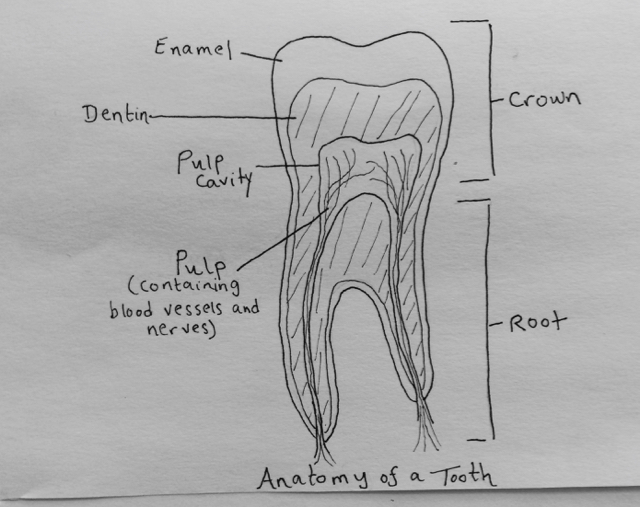One of the most striking things I first noticed when reading about Mexican Sign Language (lengua de señas mexicana, or LSM) is the lack of information available about LSM as compared to American Sign Language. Google Scholar produces 3,200,000 results for the search “American Sign Language” and only 396,000 for “Mexican Sign Language.” Of course, those are English-language articles and ASL, although unrelated to English, is used in an English-speaking culture while LSM, unrelated to Spanish, is used in a Spanish-speaking culture. But the result is not much more encouraging if you use the Spanish name for both languages. “Lengua de señas mexicana” gets 17,100 hits and “lengua de señas Americana” gets 20,600. There are more speakers of ASL than LSM, but hundreds of thousands more, not millions more. It is always disappointing to see the grand field of linguistics tilt away from equality (and, surely, this is not the most egregious instance of inequality in linguistics).
All right! Onto LSM. According to Ethnologue there are about 130,000 users of LSM, concentrated mostly in urban areas, with the majority in Mexico City, San Luis Potosí and Guadalajara. LSM is part of the large French Sign Language (LSF) family, which also includes ASL, but is not mutually intelligible with ASL or LSF. Although many LSM users are bilingual in LSM and Spanish, LSM is not Spanish for the hands. Even though many Deaf Mexicans refer to LSM as “seña español,” it has entirely different verb inflections, syntax, and overall structure than Spanish.
Whereas Spanish has, it may seem to an English speaker learning Spanish, an overabundance of “to be,” LSM rarely uses the copula verb. Spanish also is very concerned with agreement between everything: articles, nouns, adjectives, verbs. LSM on the other hand (ha!) does not normally inflect verbs for tense or mood.
In 2005 LSM was officially declared a national language of Mexico. Before then, Deaf students were taught using the oral method, meaning that they were expected to learn in Spanish, by reading lips, learning to read and write Spanish, and, sometimes, learning to speak Spanish as well. While there are now more schools that use LSM, Deaf Mexicans are often marginalized and have fewer social, job, and education opportunities than hearing Mexicans.
Wikipedia Mexican Sign Language
The identitiy of Mexican sign as a language
First written grammatical description of LSM Mexican Sign Language Grammar


